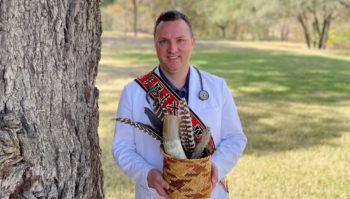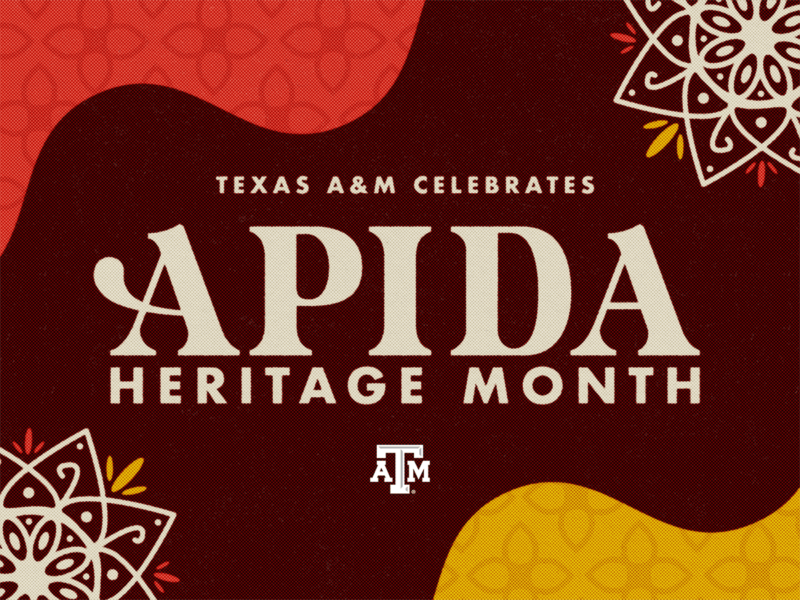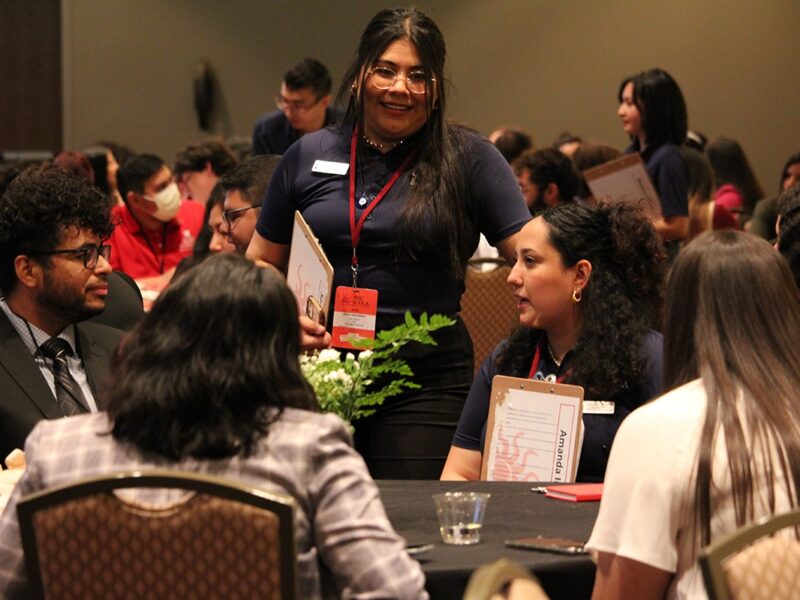Advancing A ‘Strong Healing Heritage’ In Nursing Education

Since 1990, November has been recognized as National Native American Heritage Month, a dedicated time to celebrate the rich heritage and significant contributions of Indigenous people on the culture, history and achievements of the United States. For R. Cody Bruce, a clinical assistant professor at the Texas A&M University College of Nursing, his Native American heritage has guided him to a career in healing, educating, researching and mentoring.
What inspired you to work in your chosen profession?
As a nurse educator, I credit my chosen career to my family of teachers and healers. I inherited a strong healing heritage from my Choctaw-Apache ancestors, who nursed locals with poultices and teas. They were the Nightingales of their day. When someone fell ill, a family member would send for my ancestors. They would brew a tea out of the roots and serve it with a smile. We do not know if it was the root that would cure them or the taste, but they got well. Many of my ancestors were leaders and educators and even built the first tribal school for our people. Growing up hearing these stories of their dedication sparked my desire to heal others through nursing.
Which of your accomplishments are you most proud of, and why?
Perhaps the accomplishment I am most proud of is my current doctoral research, which investigates methods of increasing Native American students’ success in nursing programs. As a Native American, I witnessed first-hand the lack of resources and support available to minority students seeking nursing degrees. Native American students may have difficulty envisioning themselves positively in an academic setting due to the historical trauma of assimilation programs and racism, which continue to influence Native American youth’s social problems. One solution is to pair Native American learners with Native American mentors, who have successfully navigated college challenges. But this is only one solution. Native Americans and other ethnic groups will continue to be disadvantaged until academic institutions adopt a truly holistic admission method and retention activities are funded.
How do you feel your Native American heritage has contributed to your success?
I am a proud member of the Choctaw-Apache Tribe of Ebarb, Louisiana. I grew up with a strong connection to our tribe’s rich cultural heritage and history. One of the qualities that I inherited from my ancestors that I feel daily is resiliency. Our tribe was forcibly displaced from our native lands in the 1960s with the Toledo Bend Dam’s construction on the Sabine River at the Texas-Louisiana border. Our people lost everything they had known for generations: homes, hunting grounds, religious ceremonial sites, and even our cemeteries. We came back stronger than before, rebuilding everything that was lost through this tragedy, and we are now one of the largest Native American Tribes in Louisiana.
Why is it important to celebrate the contributions of Native Americans to the history, culture and achievements of the United States?
Celebrating the contributions of Native Americans is of the utmost importance. Without growing up learning about my ancestors’ sacrifices and achievements, I may not have chosen the field of nursing education. Only through education can we address cultural and social issues such as social exclusion, racism, stereotyping and prejudice, which continue to be experienced by Native Americans.
What does diversity and inclusion in healthcare mean to you?
Diversity and inclusion in health care means we acknowledge, respect and celebrate every individual’s differences, no matter their race, creed, color, cultural identity, sexual orientation, sexual identity and religion. Our list of differences is growing; ten years ago, we would not have considered sexual identity with respect to diversity. We have to make a conscious effort to educate ourselves and others about these differences to set the example of diversity and inclusion for others to follow.
This article by Lindsey Hendrix originally appeared on Vital Record.





